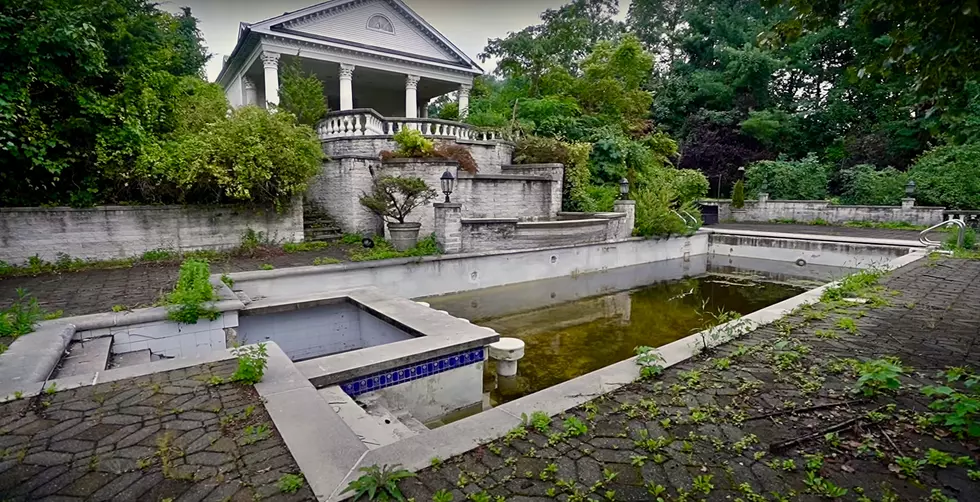
This Invasive Aquatic Plant is a Threat to CT Lakes & Rivers
An invasive plant called Hydrilla has been seen in the Connecticut River, Hudson River, and the Hudson Valley Reservoirs, and it's bad news!
Our friends at the CLA have included an article on this nasty plant on their website, candlewoodlakeauthority.org. Hydrilla was first discovered in 2017 in the Connecticut River and Florida in the 1960s.
According to a recent report on WFSB-TV, if left unchecked, hydrilla can kill off native plants and spread to other rivers and lakes. Hydrilla blocks sunlight from native plants and covers the water with floating debris, along with harming fish populations.
This invasive plant is so damaging that Senator Richard Blumenthal has asked for $100 million in federal funds over the next four years to eradicate hydrilla. To show you what I mean, check out this video where hydrilla is growing rampant in the Connecticut River.
Hydrilla is a tall green aquatic plant often seen on the surface of the water. Sometimes the plant has small white flowers, and it loves to hang out on boat engines, trailers, and truck bumpers.

What makes hydrilla truly dangerous is that it grows quickly and can shade or crowd out other native aquatic plants. As a result, it's one of the most invasive weeds worldwide and can deplete the oxygen levels in a river or lake, which can cause fish kills.
If you find hydrilla clinging to your boat prop or trailer, the Candlewood Lake Authority asks that you properly dispose of the plant away from the lake and place it in a trash receptacle.
Remembering Summers Gone By on Candlewood Lake:
Six Bait Shops Close to Candlewood Lake
More From WZAD-WCZX The Wolf









